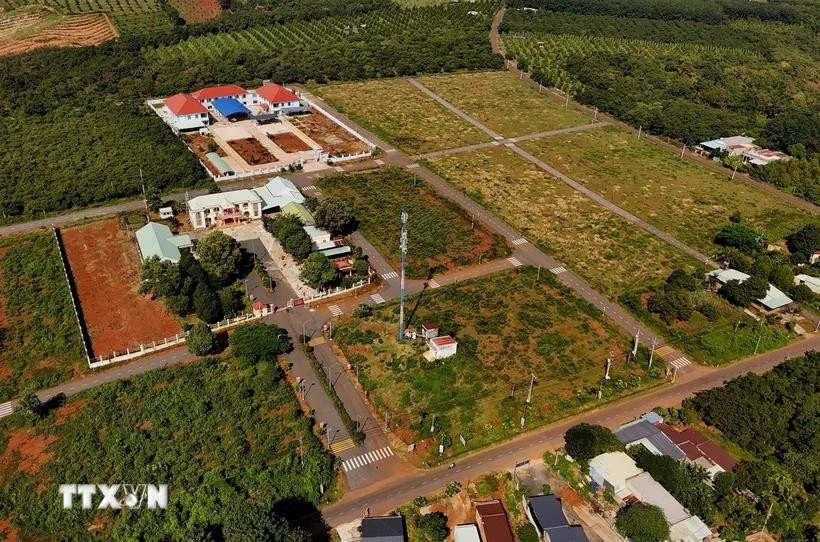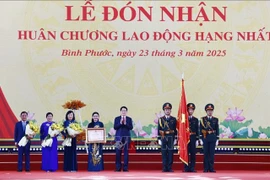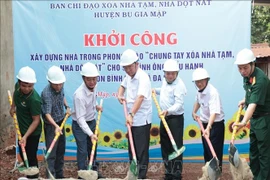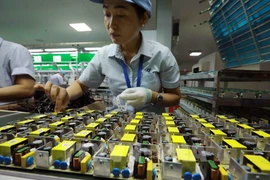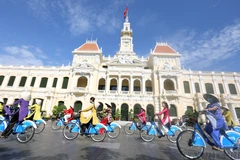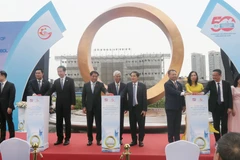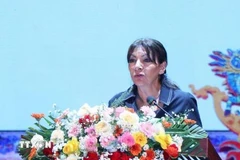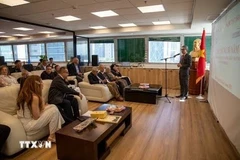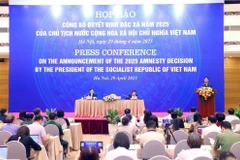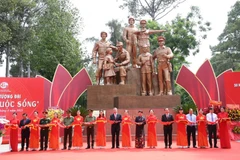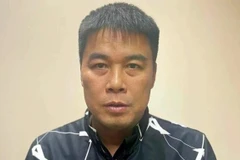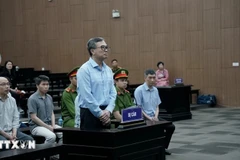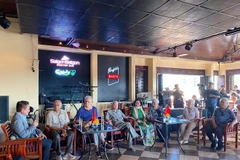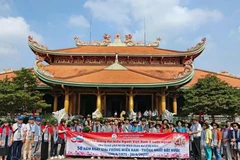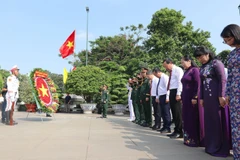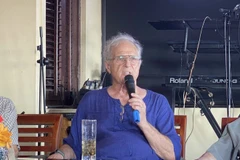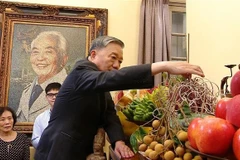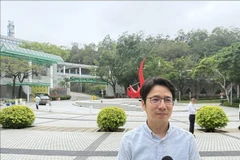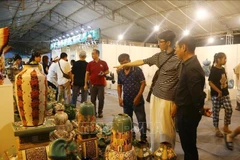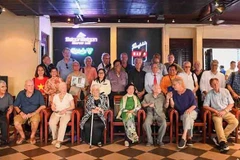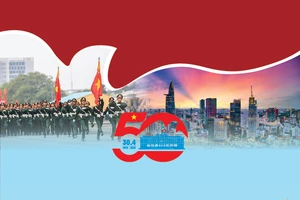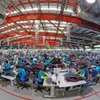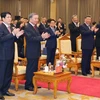Binh Phuoc (VNA) – Half a century may not be long in the grand sweep of history, but for the people of Bu Dang district, it marks a profound milestone—one that affirms the sound leadership of the local Party and government, as well as efforts by its armed forces and residents in transforming their once war-torn hometown into a thriving land of prosperity.
Once a fierce battleground, Bu Dang district in the southern province of Binh Phuoc has undergone a remarkable transformation. Today, electricity, roads, schools, and clinics reach even the most remote areas. The lives of local people, used to be overshadowed by poverty and hardships, have improved dramatically.
Vu Luong, Secretary of the Bu Dang Party Committee, said the district holds an important strategic position in both economic development and national defence. It is home to National Highway 14, which connects the Central Highlands with the southeastern region, and served as a key revolutionary base in former Phuoc Long province during the resistance war against the US imperialists. It was also the site of the opening battle of the “Route 14 – Phuoc Long” campaign, which concluded in victory on December 14, 1974. This triumph paved the way for subsequent victories that liberated Dong Xoai, Phuoc Binh, and Phuoc Long—contributing significantly to the 1975 Spring General Offensive and Uprising that ultimately liberated the South and reunified the country.
For its heroic contributions, Bu Dang and five of its communes—Dong Nai, Bom Bo, Thong Nhat, Nghia Trung, and Dak Nhau—were awarded the noble title of Hero of the People's Armed Forces.
After liberation, the district’s Party organisation, administration, and people focused on overcoming the consequences of war, rebuilding, and laying the foundation for a new life. In November 1976, Bu Dang was merged into Phuoc Long district. However, due to the growing population, underdeveloped infrastructure, and socio-economic challenges, Bu Dang was re-established as a separate district on July 4, 1988.
Nguyen Van Luu, Vice Chairman of the Bu Dang People’s Committee, highlighted the district’s progress over the past five decades.
Once defined by sparse population, weak infrastructure, and widespread poverty, Bu Dang is now home to approximately 150,000 residents across 16 communes and towns.
Agriculture, which used to constitute 90% of the local economy, now accounts for less than 40%. Meanwhile, industry has grown to over 26%, and trade and services now make up 34%. The poverty rate has dropped to just 0.31%, and the life quality has improved significantly. All roads have been paved, 99% of households are connected to the national power grid, and nearly every household now has access to clean water.
Bu Dang is now focusing on sustainable and high-tech farming while establishing large-scale production zones under value chains. Agro-forestry processing is being promoted in tandem with developing raw material production areas.
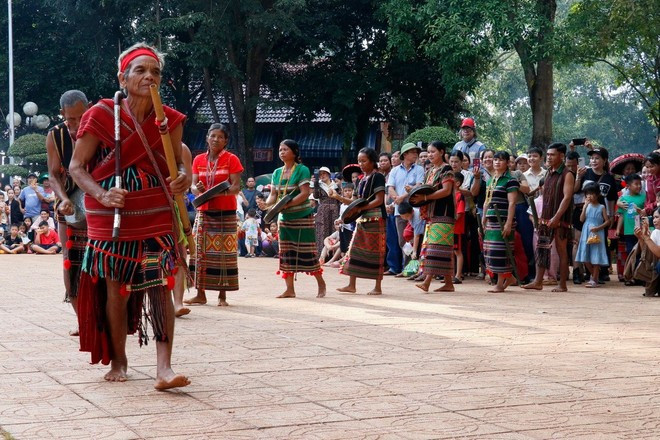
With Gia Nghia – Chon Thanh Expressway set to pass through the district, Bu Dang is accelerating efforts to modernise infrastructure. It is also stepping up new-style countryside building and sustainable poverty elimination, especially in ethnic minority areas, and optimising every resource to bolster socio-economic development.
The district is also working to preserve and bring into play its rich cultural heritage. Traditional festivals such as the "sound of rice-pounding pestles in Bom Bo village" festival and those of local ethnic minorities are being revived and promoted. Historical landmarks and natural attractions like the Bu Lach grassland, and the Dung and Pan Toong waterfalls are also being leveraged for tourism.
Looking ahead, Bu Dang’s leadership is committed to bold, innovative, and actionable solutions. “We aim to think big, act decisively, take responsibility, and bravely face challenges,” Luu affirmed.
Local residents are already seeing the changes.
Dieu Mon, a resident of Bom Bo village in Binh Minh commune, shared: “Now every household has electricity, every child can go to school, and our lives are much more stable.”
Bu Dang’s journey is a powerful testament to resilience, vision, and unity, proving that even the harshest battlefields can blossom into a bright and hopeful future./.
